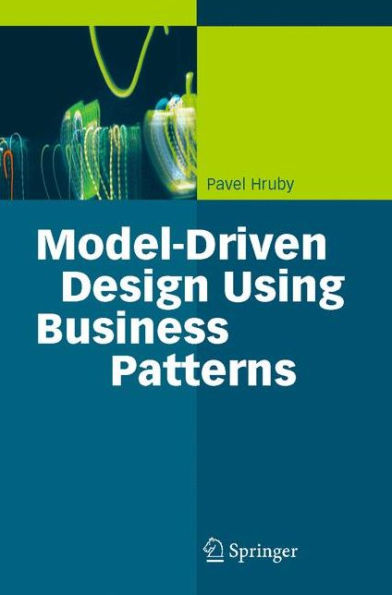5
1
9783642067655



Model-Driven Design Using Business Patterns / Edition 1 available in Hardcover, Paperback

Model-Driven Design Using Business Patterns / Edition 1
- ISBN-10:
- 3642067654
- ISBN-13:
- 9783642067655
- Pub. Date:
- 11/09/2010
- Publisher:
- Springer Berlin Heidelberg
- ISBN-10:
- 3642067654
- ISBN-13:
- 9783642067655
- Pub. Date:
- 11/09/2010
- Publisher:
- Springer Berlin Heidelberg

Model-Driven Design Using Business Patterns / Edition 1
$59.99
Current price is , Original price is $59.99. You
59.99
In Stock

Product Details
| ISBN-13: | 9783642067655 |
|---|---|
| Publisher: | Springer Berlin Heidelberg |
| Publication date: | 11/09/2010 |
| Edition description: | Softcover reprint of hardcover 1st ed. 2006 |
| Pages: | 368 |
| Product dimensions: | 6.10(w) x 9.25(h) x 0.24(d) |
About the Author
From the B&N Reads Blog
